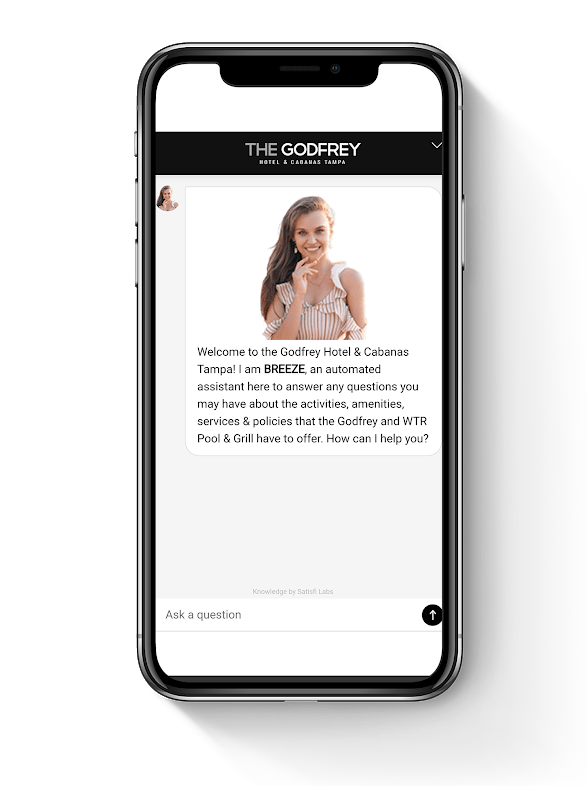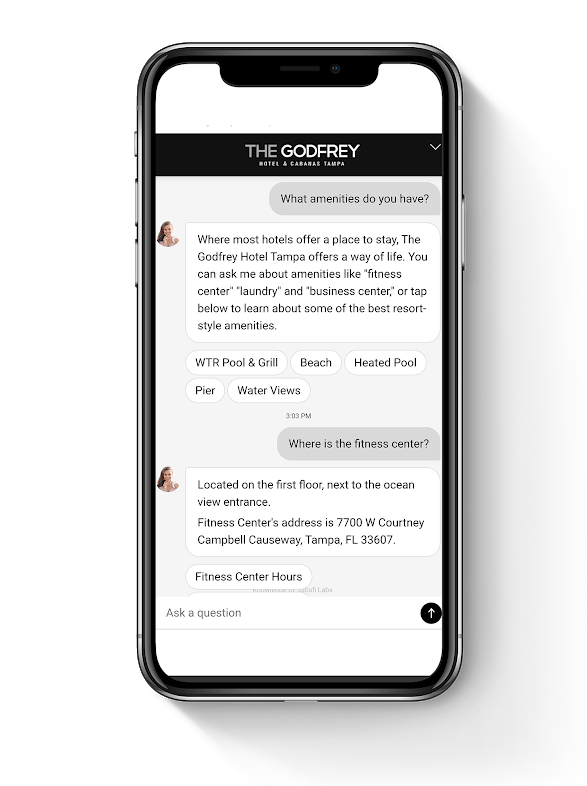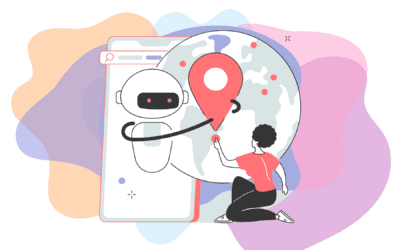“Customer service shouldn’t just be a department, it should be the entire company.” – Tony Hsieh, Zappos
As consumers return to visiting destinations and booking experiences, Covid has changed their approach to physically and digitally engaging with brands. It is imperative that organizations get a good grasp on what the customer journey looks like in today’s new normal. Organizations that put customer service at the core of their business are more profitable than their competitors, and it starts with customer journey management. It is critical to ensure that the management of the customer journey becomes part of the way a business works.
Why is customer service important?
We hear people use the term customer service all the time, it’s not a new concept. Too often, businesses use the phrase or create the department even if they don’t quite understand exactly what it is and the importance of it. Customer service is important to your business because it retains customers and extracts more value from them. For instance, loyalty is a huge factor in customer service, and repeat customers are 67% more likely to spend more with your brand. But it’s not just about the end result, it’s about the whole process and not many businesses are thinking about the digital engagement aspect throughout. Customer service is about ensuring that consumers have a positive customer experience at every step of their entire customer lifecycle which is why customer journey management is so important.
Okay, but what is customer journey management 🤔 ?
Customer journey management is about delivering a seamless experience to your customers. It is identifying the steps consumers take throughout their customer lifecycle to reach their goals. As a business, it’s having tools in place to measure, monitor, and optimize the customer experience to align your company with those goals. Your goal is to decrease a customer’s efforts across all of your channels and touchpoints and to guarantee a seamless experience every time a customer interacts with your company. Customer journey management is not about single interactions, as we’ve seen so many organizations focus on in the past. It’s about prioritizing the entire process. In fact, brands that prioritize customer journeys have seen a 10 to 15% increase in revenue. As technology becomes more advanced and the number of digital channels increases, organizations are utilizing numerous resources to analyze customer behavior and provide answers throughout the entire customer journey. So by this point, we get that supporting the entire customer journey at each stage is essential to the overall customer experience and how they view the brand, but what does the actual journey look like specifically for destinations and experiences?

Phases of the customer journey
Pre-Trip Planning: Customers are building their experience earlier. No longer are they using your social media accounts, your mobile app, or your website to simply find out the date for the event they want to attend. They’re using these channels to gather information upfront before making a purchase decision. Businesses like UrVenue are providing technology to put real-time booking capabilities into the hands of guests which is more important than ever. Booking reservations for every experience is becoming an essential part of the resort experience. Through their recent partnership with Satisfi Labs, AI-powered virtual assistants are aiding in the direct booking for shows, table reservations, rentals, and other experiences.


In-Venue Experience: Consumers can use technology to maximize their time spent at a sporting event, concert, or while visiting their favorite zoo. Beyond pre-planning and mapping out your entire experience, organizations want to improve efficiency by providing contactless interactions with their consumers on-site. The implementation of digital tickets has increased significantly since the pandemic, as well as the launch of contactless ordering and payment. This was a trend that was already picking up steam, but adoption has accelerated in the last year. Research shows that 87% of customers now prefer using contactless payment options. Large destinations like Universal Orlando Resort are speeding up the guest experience with more contactless functionality built directly into their mobile app.
Post-Purchase/Event: The post-event experience is just as important to drive long-term loyalty. On the back end, consumers should still be engaged digitally in order to ensure a high quality of service and influence future purchase decisions. Closing the feedback loop is important, so utilizing technology that allows for quick communication in the form of open-ended feedback capture or quick mobile-friendly surveys is a good investment. Consumers can provide the information you need to drive operational change directly from the feedback they give. This is also the phase in which they’re leaving reviews or spreading the news about their experience with your brand. Consumers actually spend more time in the post-purchase phase than any other phase. Having a successful post-purchase experience is essential to building loyalty, amplifying positive recommendations, and ensuring consumers make their way back to the purchase pathway.




